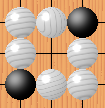
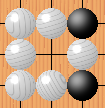


People are used to recognize false eyes from their local shape:




Let us call such eyes locally false. The reason that they usually do not count, is that enemy stones separate the adjacent stones into two or more chains, and each of these chains needs an additional eye to be safe (when these enemy stones cannot be captured), so that there are already two proper eyes elsewhere.
Of course it may be that the chains are connected via a detour, so that the enemy stones do not separate. Then we have a proper eye. The eye is called globally false when this does not happen, when two distinct chains end at the empty position considered.

For example, the white group here has two eyes, one of which is locally false but not globally false. The group is alive.
Usually, globally false eyes do not contribute. But the group can still be alive when each of the chains in the group is adjacent to at least two of them.
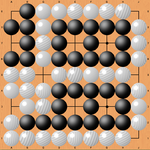
For example, the white group here has five eyes, all globally false, but not false: black cannot put any part of the group in atari by filling outside liberties.
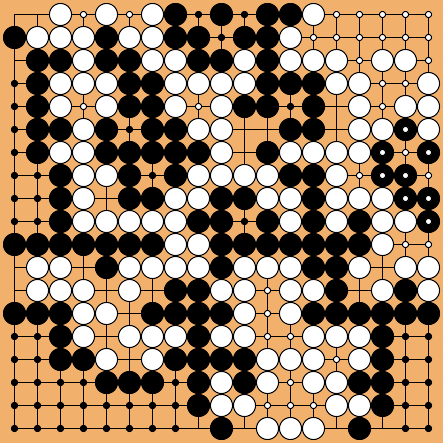 sgf
sgf
This was the final position of Kang Cheolmin vs Yoon Kihyun, Yooth cup final, 1967-06-11. The white group in the upper left has one proper eye and three globally false eyes. The circular structure ensures that it is alive.
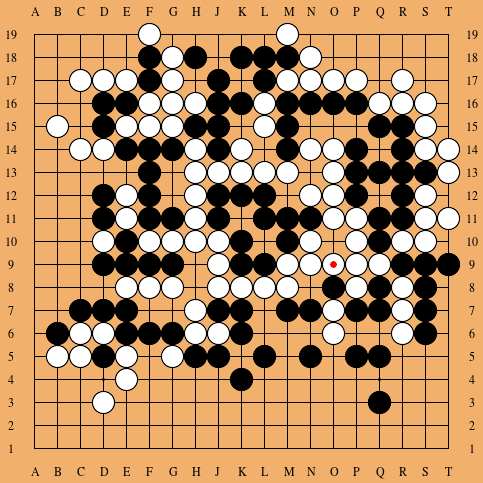 sgf
sgf
This was Ishigure Ikuro vs Shinohara Masami, 18th Oza, preliminaries, 1969-11-05. Here White O9 makes life for the white group. The relevant part of the group is a single chain, so that the eye at N13 would not become globally false if Black played M12.
 sgf
sgf
This was Nakano Hironari vs. Hotta Seiji, 45th Honinbo, preliminaries, 1988-11-03. Here White Q5 makes life for the white group. Black cannot cut at P7: if he insists, he gets into trouble on the right-hand side. Black can reduce the eye-space to one proper eye, and one or two locally false eyes. Because of the circular snake form of the group, it lives.
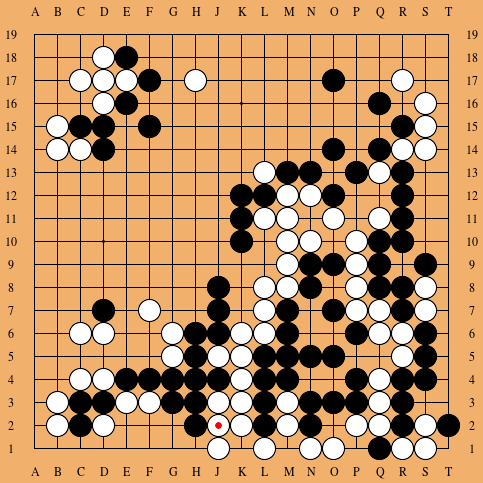 sgf
sgf
This was Kim Jiseok vs. Choi Cheolhan, in a KB Baduk league game, 2016-08-20. Here White J2 makes life for the white group. It has two eyes of which at least K1 is locally false. Black cannot start a ko at Q5: White would capture, ignore the ko threat and capture at O6, killing the inner black group. (A ko threat at M1 cannot be ignored, but afterwards White still has the threat F1, threatening to connect.)
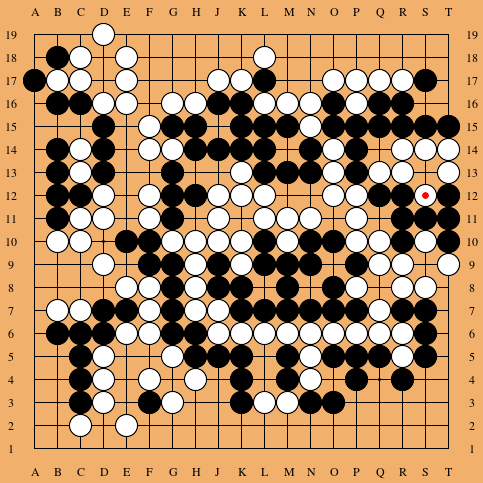 sgf
sgf
This was Ueno Asami vs. Ichiriki Ryo, in the 28th Ryusei final, 2019-09-23. The double ko on the right guarantees White enough ko threats to win the ko at O8/P9, so that Q8 becmes the snake's 2nd eye.